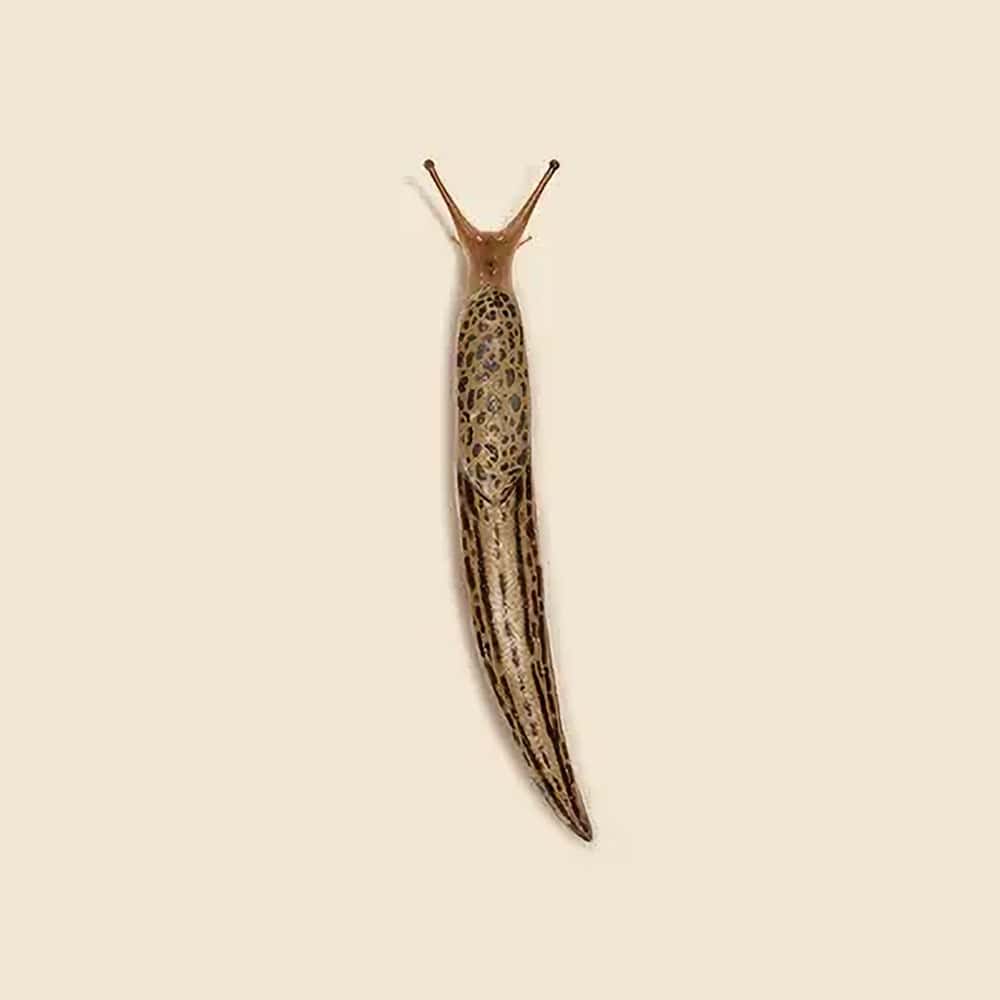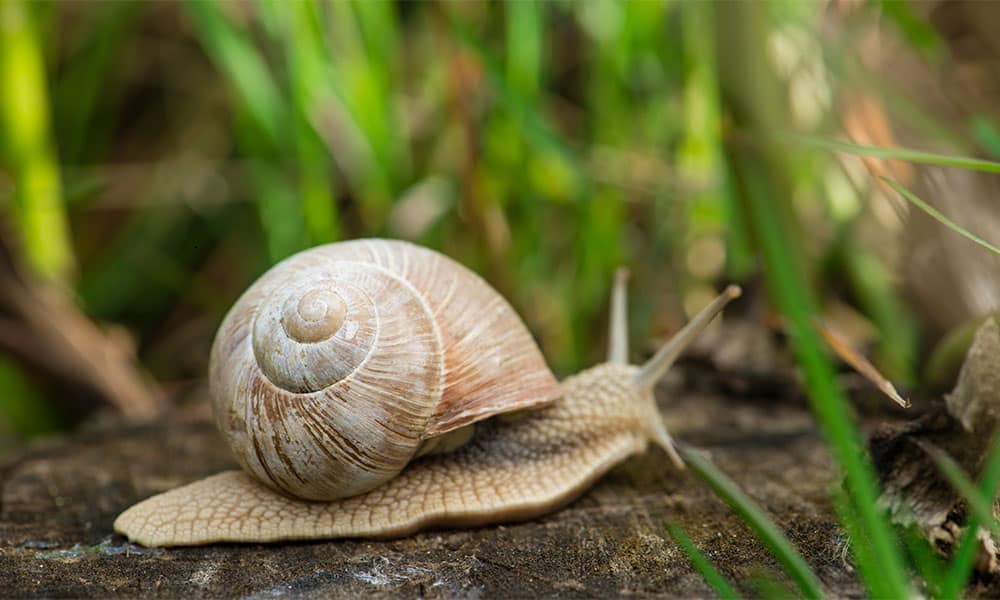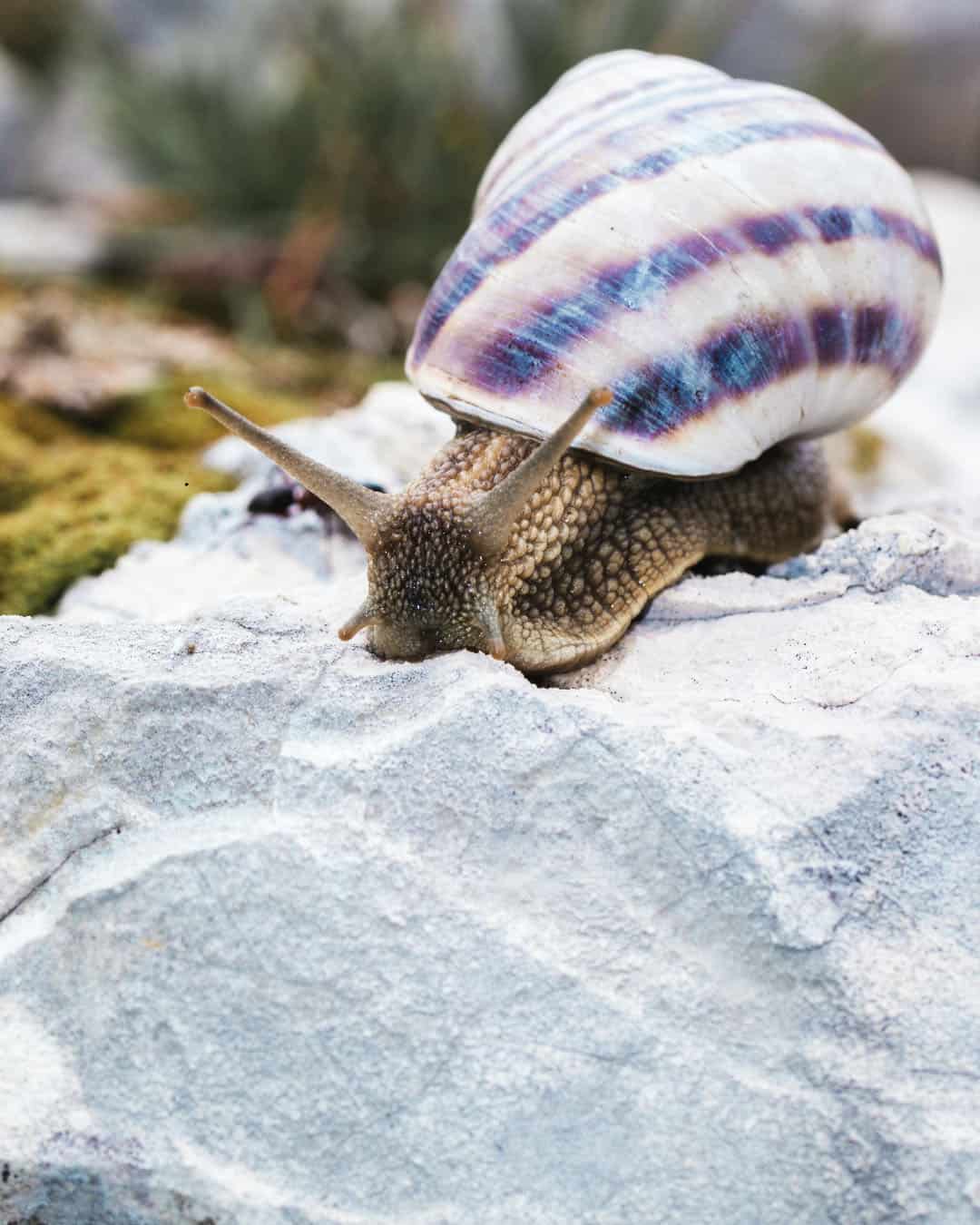Snail Facts & Information
Snails, known for their slow movement and distinctive shells, can become a major nuisance in gardens and landscapes. These pests feed on a wide range of plants, causing significant damage to leaves, flowers, and vegetables, which can lead to unsightly and unhealthy plants.

Class Gastropoda
What You Need To Know About Snails
What do snails look like?
Snails are mollusks with a soft, slimy body and a coiled shell on their back. The shell can vary in color and pattern, usually spiraling outwards, and provides protection for their delicate bodies. Snails have two pairs of tentacles on their head: the upper pair with eyes at the tips and the lower pair used for sensing their environment.
What do snails eat?
Snails are herbivores and feed on a variety of plant material. They consume leaves, stems, flowers, fruits, and algae. Some snails also eat decaying organic matter, contributing to the decomposition process.
What sort of habitat do snails live in?
Snails thrive in moist environments as they need moisture to survive. They are commonly found in gardens, forests, fields, and near water bodies like ponds and streams. Snails are most active during the night or after rain when the humidity is higher.
How do snails commonly behave?
Snails are slow-moving creatures that use a muscular “foot” to glide along surfaces, secreting mucus to reduce friction. They are known for their ability to retract into their shells when threatened. Snails are primarily nocturnal and prefer dark, damp conditions to avoid desiccation. They can become pests in gardens by feeding on a wide range of plants.
Did you know this about snails?
Snails have a unique method of locomotion using a wave-like motion of their foot, allowing them to move smoothly over surfaces. Their mucus not only helps in movement but also protects them from rough surfaces and potential toxins. Fascinatingly, some species of snails can hibernate during dry periods by sealing themselves inside their shells with a layer of mucus, conserving moisture until favorable conditions return.
Understanding Snail Infestations
Understanding snail infestations is crucial for effective management. Snails thrive in moist environments and are often found in gardens, flowerbeds, and other areas with ample vegetation. They are primarily active at night or during cool, damp conditions and can be particularly problematic in overwatered or poorly drained areas.

How Hearts Handles Snail Treatment
Hearts Pest Management employs an integrated pest management approach to handle snail infestations. Our process begins with a thorough inspection to identify affected areas, assess plant damage, and locate potential sources of moisture and shelter. We then develop a customized treatment plan that may include cultural practices, biological controls, and targeted snail bait applications, ensuring the health and vitality of your garden.
Snail Inspection
Snail Treatment
Snail Prevention
Educational Resources

Think You Might Have a Snail Infestation?
At Hearts Pest Control, we understand the challenges associated with Snail infestations and are here to provide professional solutions tailored to your needs. Flourishing in warm and humid climates, they are prevalent in many regions, including San Diego County, Orange County, and Los Angeles County.